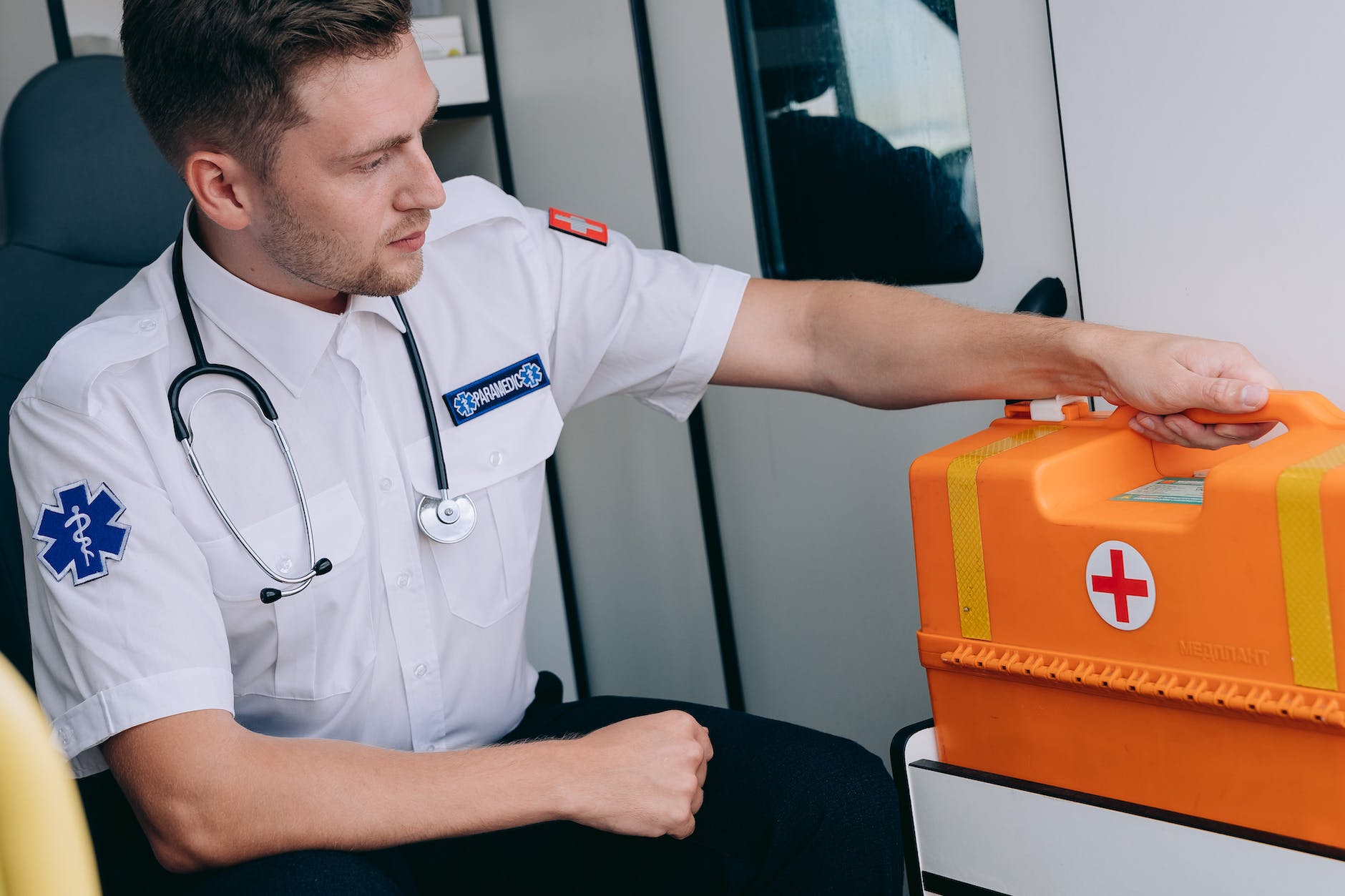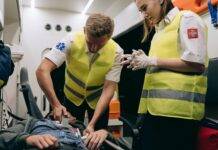
First Aid Training: Essential Life-Saving Skills Everyone Should Have
Introduction
First Aid Training : In a world full of uncertainties, accidents can happen at any time and anywhere. Being equipped with first aid skills is not just a luxury; it’s a necessity. First aid training empowers individuals to respond promptly and effectively during emergencies, potentially saving lives and reducing the severity of injuries. In this article, we’ll delve into the importance of first aid training and the key aspects it covers.
Why First Aid Training Matters
Immediate Response During Emergencies
Accidents can occur unexpectedly, and the initial moments are critical. First aid training equips individuals with the knowledge and skills to take immediate action, stabilizing the situation until professional medical help arrives.
Reducing Risks and Severity
When provided with proper first aid, the risk of complications and the severity of injuries can be significantly reduced. Quick intervention can prevent minor injuries from escalating into major medical issues.
What First Aid Training Covers
Basic Life Support (BLS)
BLS techniques, including CPR (Cardiopulmonary Resuscitation), are fundamental skills taught in first aid training. These skills are crucial for reviving a person whose breathing or heartbeat has stopped.
Wound Care and Dressing
First aid training educates individuals on how to clean and dress wounds to prevent infection. Proper wound care is essential to promote healing and minimize complications.
Choking Incidents
Knowing how to perform the Heimlich maneuver can save someone from choking. First aid training provides step-by-step guidance on this life-saving technique.
Fractures and Sprains
Understanding how to immobilize fractures and provide support for sprains can prevent further injury and discomfort.
The Benefits of Learning First Aid
Confidence in Crisis
Having first aid skills boosts confidence when faced with emergencies. Knowing how to respond effectively alleviates panic and allows individuals to provide immediate assistance.
Contribution to the Community
People with first aid training can make a positive impact on their communities. They can assist during accidents in public spaces, workplaces, and even at home.
How to Get First Aid Training
Local Workshops and Classes
Many organizations offer hands-on first aid workshops and classes. These sessions are led by trained professionals and provide practical experience in simulated emergency situations.
Online Courses
For those with busy schedules, online first aid courses are available. These courses often include video demonstrations, quizzes, and certifications upon completion.
Conclusion
First aid training is an essential skill set that empowers individuals to become immediate responders during emergencies. From basic life support to wound care and choking incidents, these skills can make a critical difference in saving lives and preventing further harm. By investing in first aid training, you’re not just preparing for the unexpected – you’re becoming a crucial link in the chain of survival.
How to perform CPR step by step
FAQs About First Aid Training
- Is first aid training only for medical professionals? No, first aid training is beneficial for everyone, regardless of their medical background. It’s designed to empower individuals to provide immediate assistance during emergencies.
- How often should I renew my first aid certification? Certifications typically need to be renewed every two to three years. However, regular practice and staying updated on new techniques are recommended.
- Can I perform first aid on strangers without legal repercussions? Most jurisdictions have “Good Samaritan” laws that protect individuals who provide reasonable assistance during emergencies from legal liability.
- Are there different levels of first aid training? Yes, first aid training can range from basic to advanced levels. Basic training covers essential life-saving techniques, while advanced training includes more comprehensive medical skills.
- What should a basic first aid kit include? A basic first aid kit should include adhesive bandages, sterile gauze, adhesive tape, antiseptic wipes, tweezers, scissors, gloves, and a CPR face shield.
























